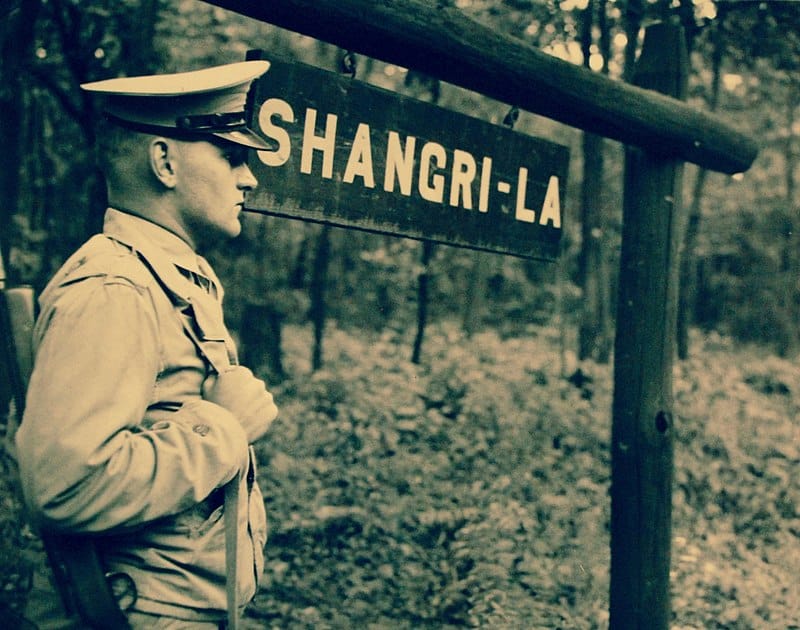Camp David, near the small town of Thurmont in Maryland’s Catoctin Mountains, has been the primary presidential retreat since World War II. Officially it is operated as Naval Support Facility (NSF) Thurmont. How the navy came to be responsible for a land-based presidential camp is part of its story. The first president to use it was Franklin Roosevelt, when it was far less well-equipped than it is today. Each president since has used the facility, some more than others, and all have left their mark behind when their administrations’ came to an end. It was Eisenhower who gave it its name, Roosevelt had whimsically called the place Shangri La.

Roosevelt was in his third term as president when the camp was created following America’s entry into the Second World War. Before the war was over the camp hosted its first foreign leader, Winston Churchill, who made himself into something of a local legend in the town of Thurmont. Since then the camp was been the site of numerous visits by foreign dignitaries and leaders, some of them hostile to each other, brought together at the rustic site to negotiate treaties and discuss other international issues. Camp David came to be as well known to Americans – at least in name – as Air Force One and the White House itself. Here is its story.

1. Before Camp David, there was Camp Rapidan in the Blue Ridge of Virginia
Herbert Hoover was a mining engineer by profession, and in that occupation learned to enjoy living in rustic settings. As president Hoover and his wife Lou wanted a resort where the president could escape the heat and humidity of summertime Washington, yet be near enough to the Capital to remain in control of the government. The site selected was where smaller streams join to form the Rapidan River, which offered excellent trout fishing, one of Hoover’s favorite means of relaxation. The camp was purchased by the Hoover’s, as were the materials for the construction of the camp buildings and most of its furnishings. The camp was built by US Marines.
The Hoovers loved the camp and entertaining guests there, which included Charles Lindbergh, Thomas Edison, Edsel Ford, and British Prime Minister Ramsay MacDonald, with whom Hoover discussed the Washington Naval Treaty. Hoover owned the land on which the camp was based (though the federal government owned the improvements) and when the president was preparing to leave office he donated the property to the Commonwealth of Virginia, with the expressed hope that it would be used as a presidential retreat. Many of the furnishings which he had purchased were donated as well.

